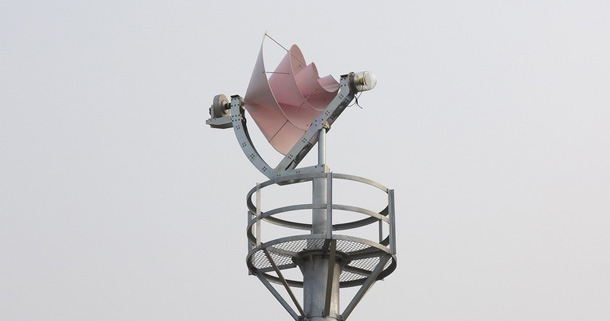Wind Turbine Technology Evolving
THUNDER BAY – The technology march forward does not stop. Computers advance, smart phones advance, and wind turbine technology advances. Later today, the Liam F1 Wind Turbine will be unveiled.
This new development to capture and generate electricity from wind is designed so that each single small turbine will generate an average of 1,500 kilowatt-hours of energy, with a wind-speed of only five metres per second.
The Rotterdam based research and development company “The Archimedes” states that this is a totally new generation of wind turbines designed for domestic use.
This wind turbine can generate much more energy out of the wind than current generation wind turbines are able to do.
Additionally this so-called Liam F1 Urban Wind Turbine hardly produces sound because of its design.
The Liam F1 generates on average half of the power consumption of a common household.
In combination with solar-panels on the roof, a household could be totally self-supporting for its own energy needs.
Engineer Richard Ruijtenbeek from The Archimedes explains, “When there is wind you use the energy produced by the wind turbine, when the sun is shining you use the solar cells to produce the energy.”

This is where the inventor of the Archimedes wind turbine, Marinus Mieremet, has adjusted the design. By combining the form of the Nautilus shell, the theoretics of Archimedes and his own mathematics, he created a new turbine that hardly has any resistance and has resulted in a design that is virtually soundless.
Because of its screw-form, the Liam will automatically aim to the optimal position of the wind, just like a pennant and will therefore have a maximum yield. According to Mieremet the yield is 80 percent of the maximum that is theoretically feasible. The Liam has been tested over 50 times because initially the developers couldn’t believe the results they saw.
The company has already sold 7,000 turbines in 14 countries. The interest is so big that the company has started developing relatively small turbines for use on boats, on lampposts and in water.





